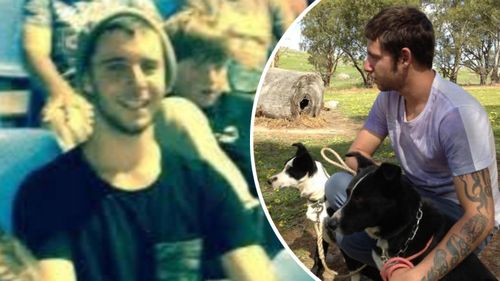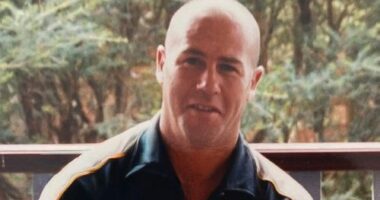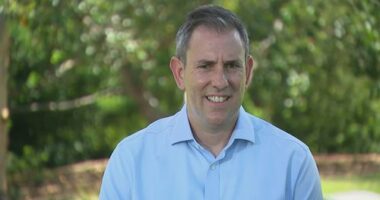Share this @internewscast.com
By age 15, Brady Morris thought he knew where his life was headed.
“I was thinking, I’m either going to jail or I’m going to die. Either way, I wasn’t going very far,” he told 9news.com.au.
Growing up in Armidale, NSW, in the 2000s, he had started down a destructive path that could have turned deadly â and his story isn’t unique.
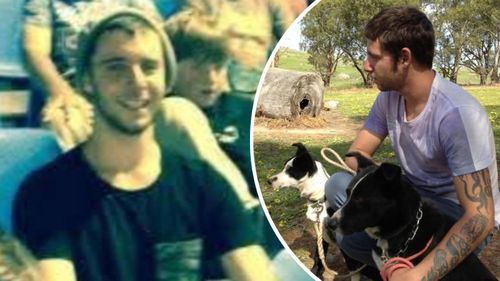
There were 845 young Australians in detention on an average night in the June quarter of 2024.
Of them, 90 per cent were male and three in five were First Nations.
Keeping one of those kid in jail for a single day costs Australia about $3300, which adds up to more than $1.1 million per year.
The nation allocates over $1 billion annually to youth incarceration, nearly twice the expenditure compared to a decade ago, which was $544 million during the 2014-15 period when Morris was in his teens.
But experts say jailing kids is more likely to harm them than deter crime or reduce reoffending.
“We’ve got to start changing systems and doing things different.”
Because if we don’t, kids like Morris may not get the support they need to stay out of prison or survive to adulthood.
An alternative to incarceration
Morris was struggling when he first met Shakeshaft in his high school principal’s office.
About one in five young Australians are disengaged from mainstream education and one in three have reported psychological distress.
Almost 15 per cent live in poverty and 40,000 experience homelessness each year.
Many end up abusing drugs and alcohol, engaging in violence or criminality, and facing jail time.
That’s where BackTrack comes in.
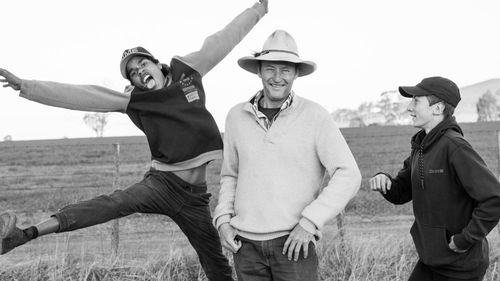
In 2005, Shakeshaft launched a program inspired by the skills he acquired from First Nations trackers, during his youthful days in the Northern Territory.
The initiative aimed to keep marginalized young individuals in Armidale alive, away from the streets, and out of incarceration, through provision of education, vocational training, and comprehensive support in a non-judgmental setting.
Without it, Morris doubts he’d be the man he is today.
“It got me thinking about what I was actually doing and where I was going in life,” he said.
At BackTrack there were no rules and no one gets kicked out.
Rather than being directed, Morris was engaged in dialogue, with adults interacting with him on equal terms, fostering a new sense of independence and community he had never previously felt.
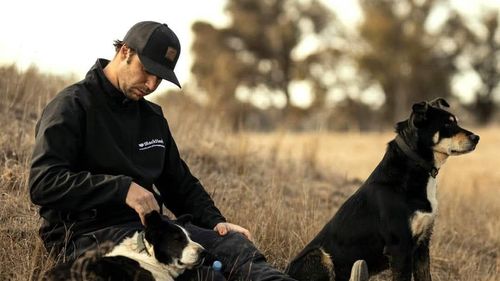
He became part of the PawsUp working dog pack and participated in dog jumping events statewide, which occupied his time on Friday and Saturday nights, steering him clear of trouble.
Through it all, Shakeshaft kept asking him one simple question: ”what is your dream?
By 16, he knew the answer.
Today, Morris is one of many former BackTrack participants who have returned as members of staff.
Now a father of four, he works with the program’s residential accommodation, Core, and Works initiatives, assisting young people who face challenges similar to his past experiences.
”My dream is to be the best youth worker I can possibly be and help as many kids as I possibly can,” he said.
“Now I’m just chasing that dream and setting that example for my own kids, and the kids I work with.”
He’s helped kids facing homelessness, addiction, and violence, teaching them resilience and leading them in community initiatives like disaster recovery work.
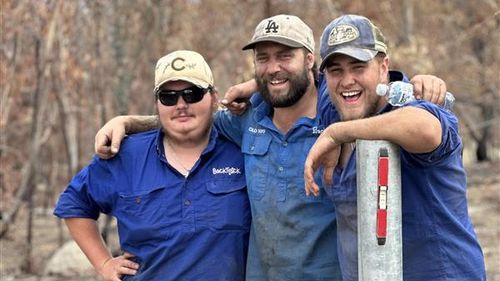
Just last week he and a team of kids spent hours clearing a local’s property after Armidale was lashed by a sudden snowstorm.
“Seeing those kids at the end of day, knowing they’ve helped somebody, it’s a very proud moment,” he said.
Another group of former participants also came up with BackTrack’s Night Crew, a new initiative to keep vulnerable young people off the streets and away from crime.
Seeing so many former participants return to keep the work going has been Shakeshaft’s proudest achievement over the last 20 years and he knows how integral they are to the program’s future.
“Each time I meet with those young fellas I go, who’s the next CEO? Who’s going to be the next accountant?” he said.
“You have to have the right, caring people and you’ve got to hang in for the long haul.”
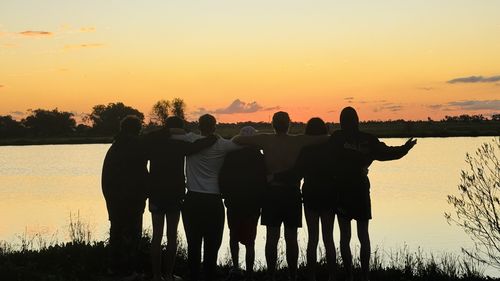
Sights set on the horizon
People like Morris are proof that programs like BackTrack work.
But there’s only so much they can do on their own and young people need more support in 2025 than ever before.
Youth incarceration is on the rise is multiple states and territories and Shakeshaft is calling for systematic change and better funding for alternative programs that can help lower those statistics.
“The biggest challenge is trying to form a partnership with the government where we can look at holistic ways of looking after kids, and taking a ‘child connection’ as opposed to a ‘child protection’ model,” he said.
That means funding programs aimed at breaking the cycle of violence and youth incarceration by meeting kids where they’re at.
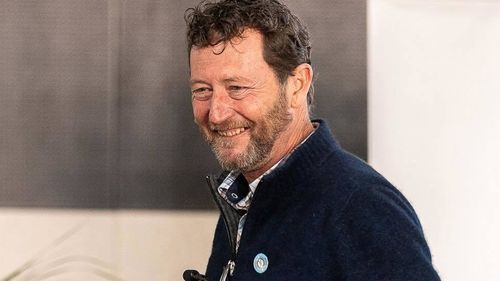
BackTrack is already working on its 100 year vision and though he’s approaching 60, Shakeshaft is in it for the long haul.
“The intention has always been to keep kids alive, out of jail and then chase their dreams,” he said.
“But it takes time, and in a world where we want everything to be done just instantly, you can’t resolve these things quickly.
“We have to tackle these things wherever the need is greatest [and] putting opportunities in front of young people is the clearest path to success.”
